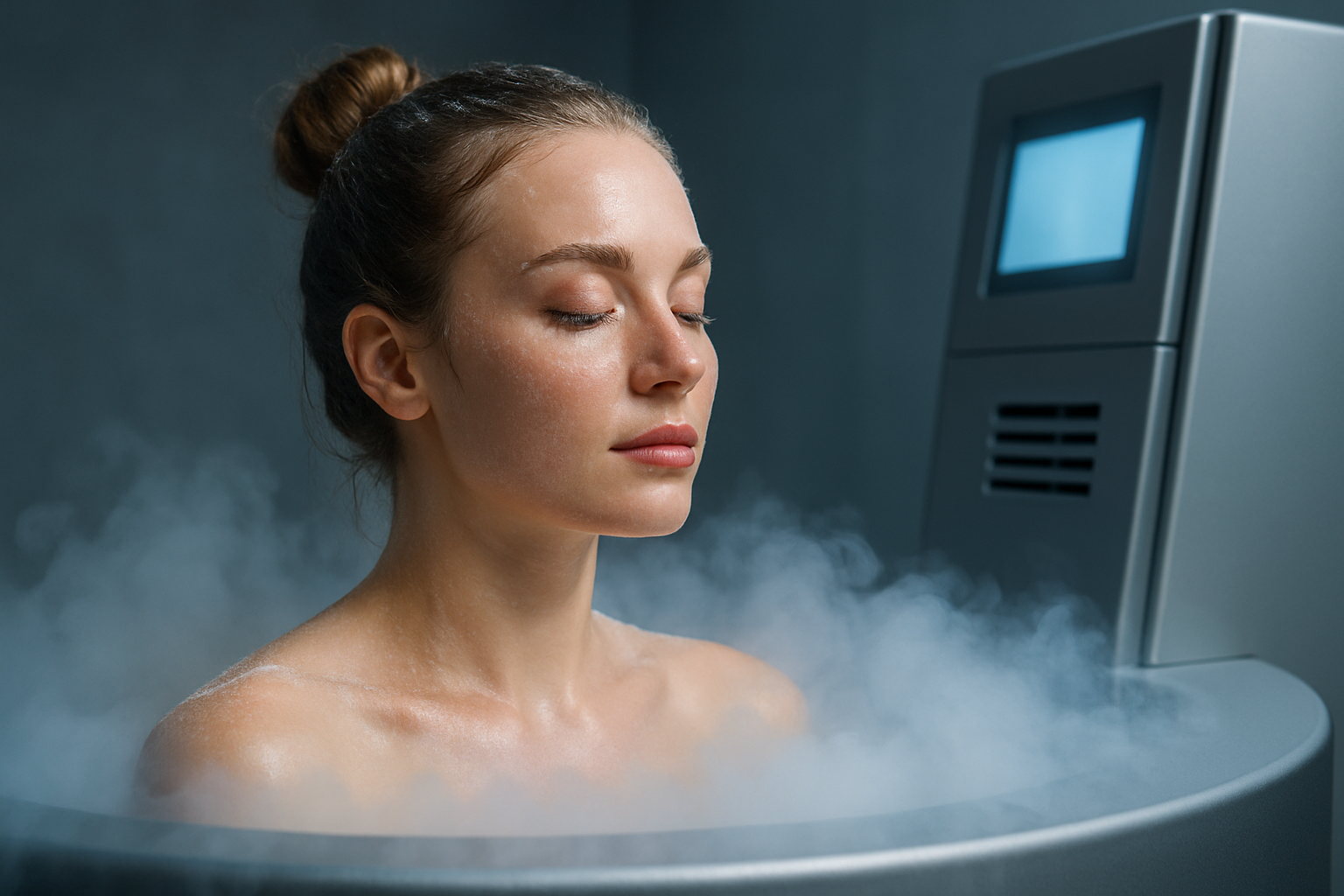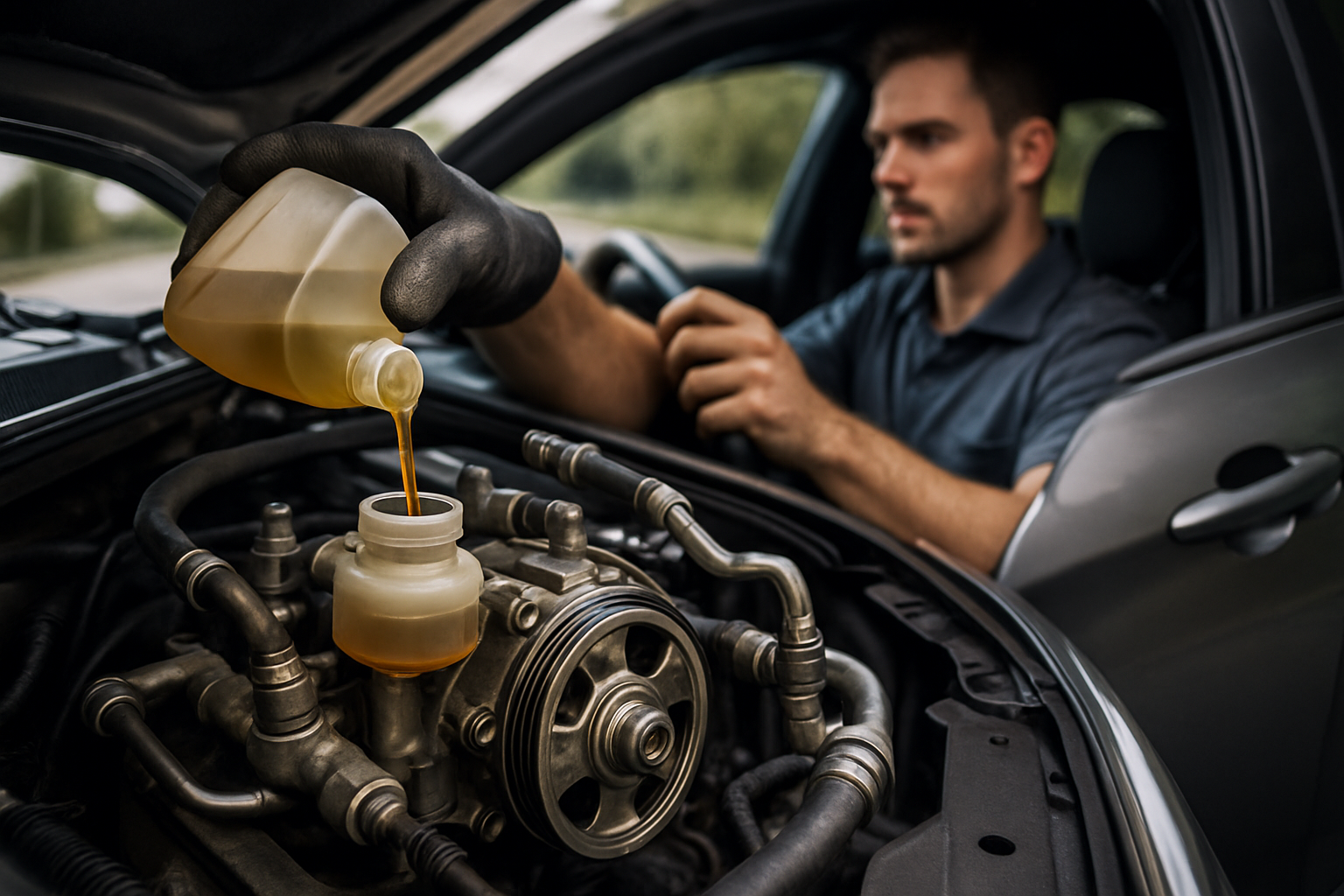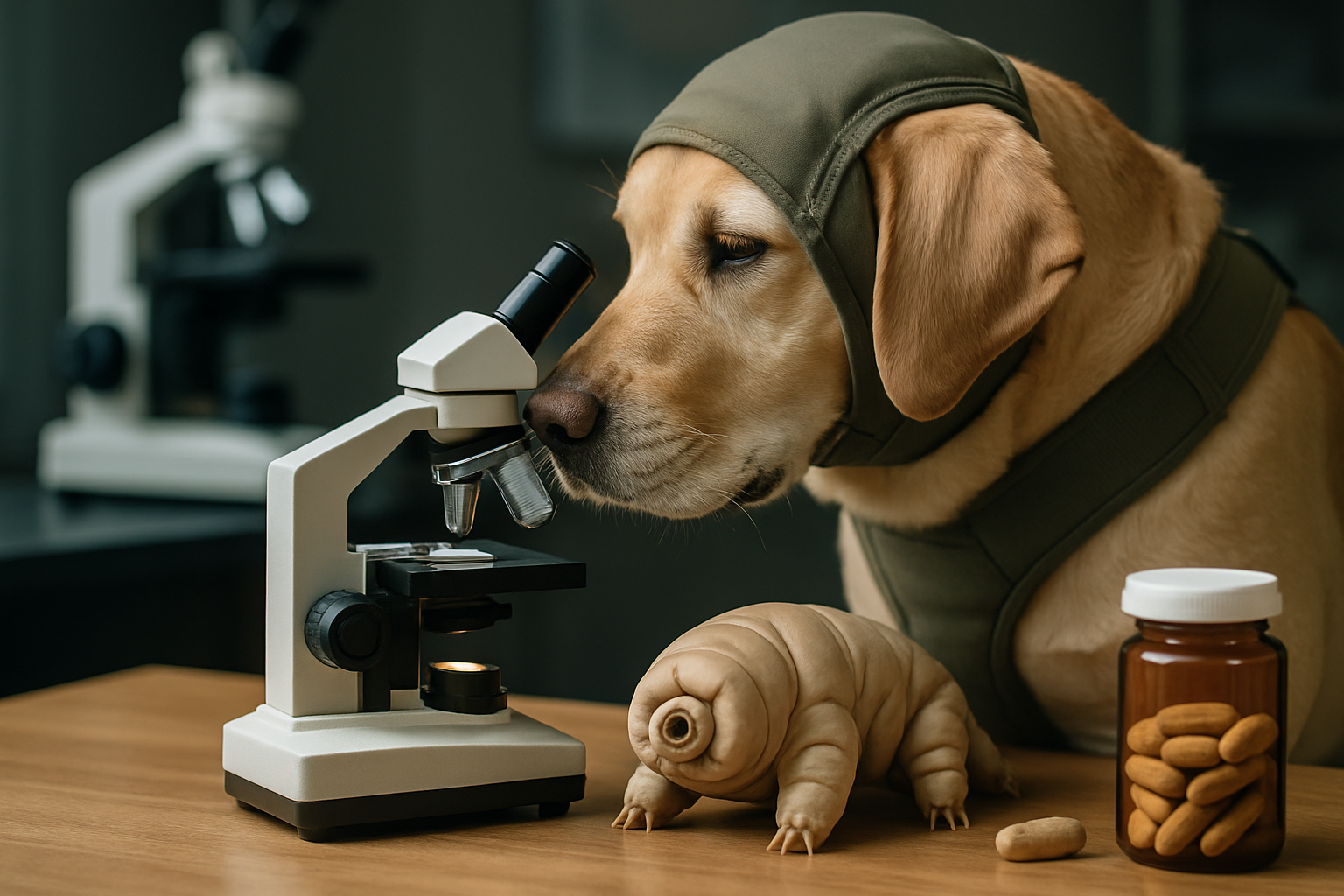Cryotherapy: The Cold Truth About Beauty's Coolest Trend
Step into a world where subzero temperatures promise to sculpt your body, rejuvenate your skin, and boost your overall well-being. Cryotherapy, once reserved for elite athletes and medical treatments, has burst onto the beauty and fitness scene with a frosty flourish. This cutting-edge practice involves exposing the body to extremely cold temperatures for short periods, typically using specialized chambers or localized treatments. As more spas and wellness centers embrace the big chill, cryotherapy is rapidly becoming the go-to treatment for those seeking a quick fix for everything from muscle recovery to skin tightening. But what's the science behind the ice, and does it really deliver on its promises? Let's dive into the frosty world of cryotherapy and uncover the cold, hard facts about this cool contender in the beauty and fitness arena.

Today, cryotherapy has evolved into a multifaceted treatment with applications ranging from sports recovery to beauty enhancement. The most common form is whole-body cryotherapy (WBC), which involves standing in a chamber filled with nitrogen vapor that drops the temperature to between -100°C and -140°C (-148°F to -220°F) for two to four minutes. Localized cryotherapy, on the other hand, targets specific areas of the body using handheld devices that blow hyper-cooled air onto the skin.
The Science of Shiver: How Cryotherapy Works
The principle behind cryotherapy is simple: expose the body to extreme cold, and it will react in ways that can potentially benefit health and appearance. When subjected to such low temperatures, the body enters a state of mild thermal shock. Blood vessels constrict, redirecting blood flow from the extremities to vital organs. This process, known as vasoconstriction, is believed to trigger several physiological responses.
As the body warms up post-treatment, blood vessels dilate, and enriched blood flows back through the body. This process is thought to flush out toxins, reduce inflammation, and boost circulation. Additionally, the cold exposure is believed to stimulate the release of endorphins, norepinephrine, and other beneficial hormones.
From a beauty perspective, the rapid cooling and rewarming of the skin are said to increase collagen production, tighten pores, and improve skin tone. Proponents also claim that the metabolic boost from cryotherapy can aid in weight loss and cellulite reduction.
Freeze Frame: Cryotherapy in Beauty Treatments
The beauty industry has embraced cryotherapy with open arms, incorporating it into a variety of treatments. Cryo facials have become particularly popular, promising to reduce puffiness, minimize pores, and give the skin a youthful glow. These treatments often use controlled streams of liquid nitrogen or cold air to cool the facial skin rapidly.
Some high-end spas offer cryotherapy body sculpting, which targets specific areas like the abdomen or thighs with localized cold treatments. The theory is that the extreme cold can trigger fat cell apoptosis (cell death), leading to a reduction in stubborn fat deposits.
Cryotherapy has also made its way into hair care, with some salons offering scalp-freezing treatments claimed to stimulate hair follicles and promote healthier, thicker hair growth. While the efficacy of these treatments is still debated, they highlight the versatility and creativity of cryotherapy applications in beauty.
The Cold Shoulder: Fitness and Recovery Applications
In the fitness world, cryotherapy has gained traction as a recovery tool for athletes and fitness enthusiasts alike. Many professional sports teams and Olympic training centers have incorporated cryotherapy chambers into their recovery protocols. The theory is that the intense cold exposure can reduce muscle soreness, inflammation, and recovery time after intense workouts or competitions.
Some fitness centers now offer cryotherapy sessions as part of their services, allowing members to hop into a cryo chamber after a tough workout. Proponents claim that regular cryotherapy can improve athletic performance, increase energy levels, and even boost metabolism.
Beyond sports recovery, cryotherapy is being explored for its potential to enhance overall fitness. Some studies suggest that cold exposure can activate brown fat, a type of fat tissue that burns calories to generate heat. This has led to speculation about cryotherapy’s potential as a weight loss aid, although more research is needed to confirm these effects.
Chilling Realities: Risks and Controversies
While cryotherapy has its enthusiasts, it’s not without controversy. The U.S. Food and Drug Administration (FDA) has not approved whole-body cryotherapy devices for any medical purpose, citing a lack of evidence for its purported health benefits. Critics argue that many of the claimed benefits of cryotherapy are based on anecdotal evidence rather than rigorous scientific studies.
Safety concerns have also been raised. Prolonged exposure to extreme cold can lead to frostbite, and there have been rare cases of severe injuries and even death associated with cryotherapy use. Proper supervision and adherence to safety protocols are crucial.
Moreover, the long-term effects of regular cryotherapy treatments are not yet fully understood. Some experts worry that frequent exposure to extreme cold could potentially have negative impacts on the body’s natural thermoregulation processes or cardiovascular system.
As with any emerging treatment, it’s essential for consumers to approach cryotherapy with a critical eye and consult with healthcare professionals before incorporating it into their wellness routines.
The Future of Frost: Where Cryotherapy is Heading
Despite the controversies, the cryotherapy market continues to grow. Technological advancements are making cryotherapy more accessible and potentially safer. New portable cryotherapy devices are being developed for home use, and cryotherapy is being integrated into wearable technology for more controlled and personalized treatments.
Research into cryotherapy’s effects on various health conditions is ongoing. Studies are exploring its potential benefits for mental health, sleep disorders, and even neurodegenerative diseases. As our understanding of cold therapy deepens, we may see more targeted and effective applications in both beauty and fitness.
The beauty and fitness industries are likely to continue innovating with cryotherapy, combining it with other treatments for enhanced effects. We may see the emergence of hybrid treatments that pair cryotherapy with technologies like LED light therapy or ultrasound for more comprehensive beauty solutions.
As cryotherapy evolves, so too must regulations and standards. Increased scrutiny from health authorities and demand for evidence-based practices may lead to more standardized protocols and better safety measures in the industry.
In conclusion, cryotherapy represents a fascinating intersection of ancient wisdom and modern technology in the pursuit of beauty and wellness. While questions remain about its long-term efficacy and safety, its popularity shows no signs of thawing. As research progresses and technology advances, cryotherapy may well cement its place as a staple in the beauty and fitness world, offering those willing to brave the cold a potentially cool path to enhanced well-being and appearance.




